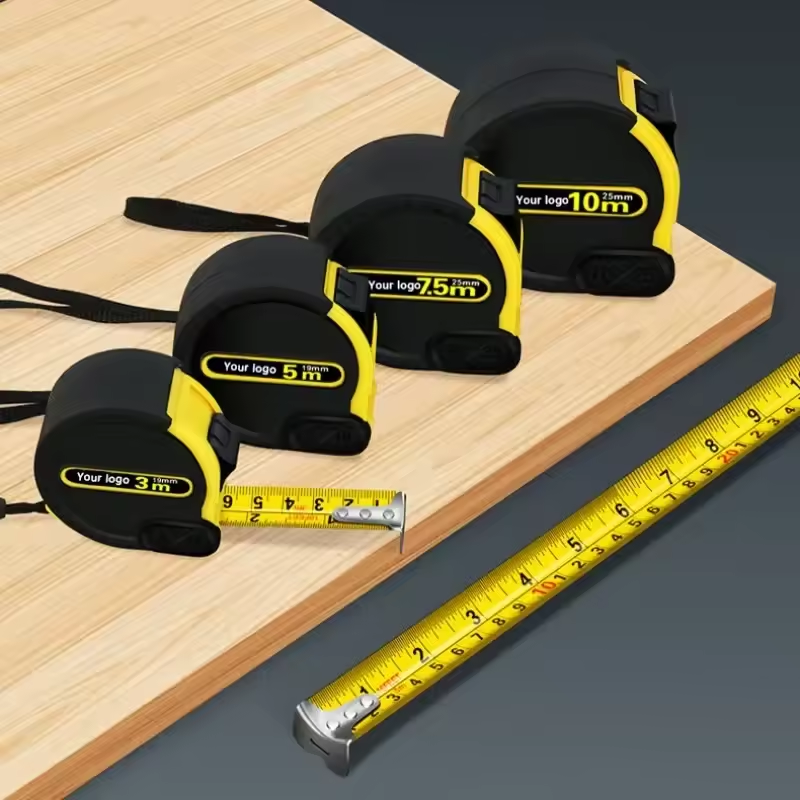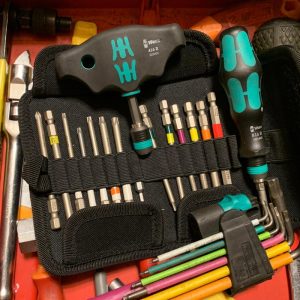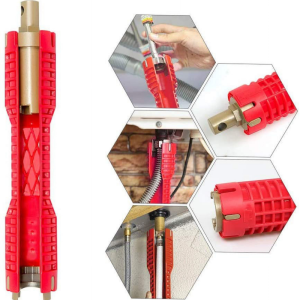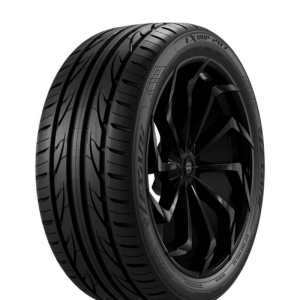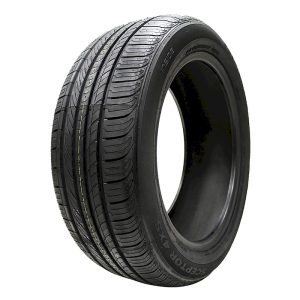
Motorcycle tires are the only point of contact your bike has with the road, making them vital for safe and enjoyable riding. However, with a vast array of motorcycle tire sizes available, selecting the perfect fit can be daunting for new and experienced riders alike. This comprehensive guide will equip you with the knowledge to confidently choose the right size motorcycle tires for your specific motorcycle and riding needs.
Understanding Motorcycle Tire Sizes
The size of a motorcycle tire is typically displayed in a series of numbers and letters on the sidewall. For instance, a common size notation might be:
- 130/70B17
Let’s break down this code to understand what each part signifies:
- 130 – This represents the section width of the tire in millimeters, measured from the sidewall’s outermost edge to the sidewall’s innermost edge when mounted on the rim.
- 70 – This indicates the aspect ratio, expressed as a percentage. In this example, the tire’s sidewall height is 70% of the section width (130mm).
- B – This denotes the ply rating, which refers to the number of rubber layers in the tire’s sidewall construction. A higher ply rating translates to a stronger and more robust tire, typically used for heavier motorcycles or applications requiring additional load capacity.
- 17 – This represents the rim diameter of the tire in inches. It’s crucial to ensure the tire size aligns with the diameter of your motorcycle’s rims.
Where to Find Your Motorcycle’s Tire Size
There are three primary ways to determine the correct tire size for your motorcycle:

-
Owner’s Manual: Your motorcycle’s owner’s manual will explicitly state the recommended tire size for both the front and rear wheels. Consult this resource first and foremost, as it provides the manufacturer’s recommended specifications for optimal performance and safety.
-
Motorcycle Inspection: The current tires on your motorcycle will also display the size on the sidewall. Double-check this information against the owner’s manual to ensure they match. If the tires differ from the recommended size, consult your mechanic before operating the motorcycle.
-
Online Resources: Several online resources and motorcycle manufacturer websites offer tire size lookup tools. By entering your motorcycle’s year, make, and model, you can find recommended tire sizes.
Factors to Consider When Choosing Motorcycle Tire Sizes
Once you’ve identified the recommended tire size for your motorcycle, you might consider exploring slight variations to suit your riding style or preferences. Here are some crucial factors to keep in mind when making your final decision:
-
Riding Style: The type of riding you predominantly engage in significantly impacts your tire selection. For instance, sportbike riders prioritizing aggressive handling and cornering might opt for wider rear tires for enhanced grip, while adventure or touring riders might prioritize a slightly taller and narrower profile for better off-road capability and comfort on long journeys.
-
Tire Performance: Motorcycle tires are designed with specific performance characteristics in mind. Sport-touring tires offer a balance between handling and mileage, while cruiser tires prioritize comfort and durability. Consider the performance aspects most important to you when selecting a tire size.
-
Load Capacity: The weight of your motorcycle, including yourself, any passengers, and cargo, plays a role in tire selection. Ensure the tires you choose have an adequate load capacity to support the total weight of your motorcycle when fully loaded.
-
Speed Rating: Motorcycle tires are assigned speed ratings that indicate their maximum safe operating speeds. Select tires with a speed rating that surpasses your motorcycle’s maximum speed capabilities.
Important Considerations Beyond Size
While tire size is undoubtedly important, several other factors influence your motorcycle’s overall handling and performance:
-
Tread Pattern: The tread pattern on a motorcycle tire significantly impacts grip and performance in various weather conditions. Sportbike tires typically feature a softer compound and a focus on dry-weather performance, while touring tires might have a silica-rich compound for better wet-weather grip.
-
Tube-Type vs. Tubeless: Motorcycle tires come in two main variations: tube-type and tubeless. Tube-type tires require a separate inner tube to maintain air pressure, while tubeless tires are designed to hold air without an inner tube. Ensure you choose the correct tire type for your motorcycle’s rims.
Safety Tips When Selecting Motorcycle Tires

-
Always adhere to the manufacturer’s recommendations: The tire size and specifications outlined in your motorcycle’s owner’s manual are established for optimal performance and safety. Deviating from these recommendations can negatively affect your motorcycle’s handling and stability.
-
Inspect your tires regularly: Regularly inspect your motorcycle tires for signs of wear and tear, including tread depth, cracks, and bulges. The minimum legal tread depth in the United States is 1/32nd of an inch. Replace your tires if the tread depth falls below this limit or if you detect any signs of damage.
-
Store your motorcycle tires properly: When not in use, store your motorcycle tires in a cool, dry, and dark location. Avoid exposing them to direct sunlight, extreme temperatures, or chemicals, as these factors can accelerate tire degradation.
-
Consider professional installation: While some experienced riders might be comfortable changing motorcycle tires themselves, it’s highly recommended to have a qualified mechanic mount and balance your new tires. Proper installation is crucial for ensuring optimal tire performance and safety.
Popular Motorcycle Tire Sizes and Applications
Here’s a brief overview of some popular motorcycle tire sizes and their typical applications:
-
Sportbike Tires (e.g., 120/70ZR17 front, 180/55ZR17 rear): Sportbike tires prioritize grip and handling for aggressive riding and cornering. They typically have a wider rear tire for enhanced traction and a lower aspect ratio for improved responsiveness.
-
Cruiser Tires (e.g., 130/90B16 front, 170/80B15 rear): Cruiser tires prioritize comfort and durability for long rides. They often have a taller and narrower profile for a more relaxed ride and increased stability at highway speeds.
-
Touring Tires (e.g., 130/70H17 front, 170/60H17 rear): Touring tires offer a balance between handling, comfort, and mileage. They might have a slightly wider profile than sportbike tires for better stability with luggage and passengers.
-
Dual-Sport Tires (e.g., 110/80R19 front, 140/80R17 rear): Dual-sport tires are designed for both on-road and off-road riding. They feature a knobby tread pattern for off-road traction while maintaining decent road manners.
-
Scooter Tires (e.g., 100/90-10 front, 120/90-10 rear): Scooter tires are typically smaller in diameter and prioritize fuel efficiency and a comfortable ride.
The Benefits of Choosing the Right Motorcycle Tire Size
Selecting the correct motorcycle tire size for your motorcycle yields numerous advantages:

-
Enhanced Safety: The appropriate tire size ensures proper weight distribution, handling, and braking performance, contributing to a safer riding experience.
-
Optimal Performance: The right size tire will optimize your motorcycle’s handling, grip, and stability, allowing you to experience its full performance capabilities.
-
Improved Comfort: Motorcycle tires with the correct size and profile can significantly impact ride comfort, especially on long journeys.
-
Extended Tire Life: Using tires within the recommended load capacity and speed rating will promote proper wear and tear, extending the lifespan of your tires.
Choosing the right size motorcycle tire is an essential decision that significantly impacts your motorcycle’s performance, safety, and comfort. By understanding the factors involved, carefully considering your riding needs, and adhering to the manufacturer’s recommendations, you can select tires that optimize your motorcycle’s capabilities and provide you with an enjoyable and safe riding experience.
Remember, your tires are the sole point of contact between your motorcycle and the road. Treat them with care, inspect them regularly, and replace them when necessary. By prioritizing proper tire maintenance and selection, you can ensure countless miles of confident and enjoyable riding.
